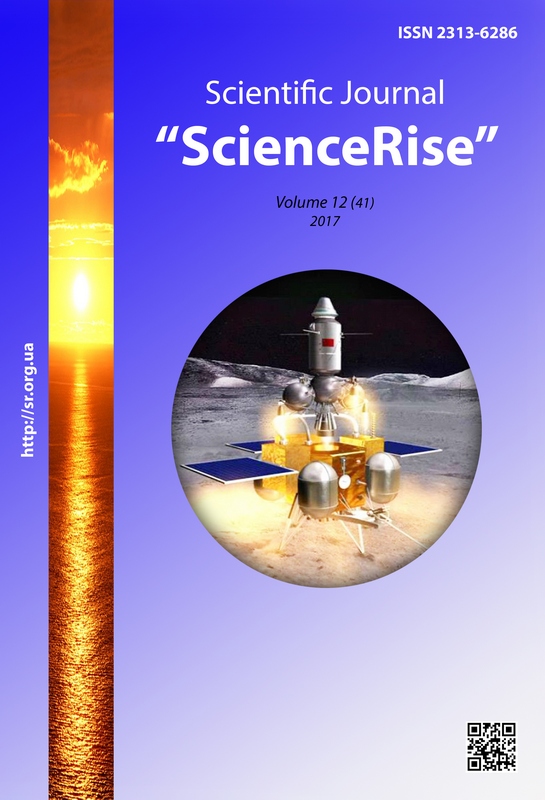Специфіка змісту професійної компоненти у вербалізованій картині майбутнього вишивальниць
DOI :
https://doi.org/10.15587/2313-8416.2017.119017Mots-clés :
етнос, свідомість, фоносемантика, шкали, риси, емоційність, забарвленість, майбутнє, професія, вишивальниціRésumé
В статті представлені результати дослідження трьох груп юнацького віку за модифікованою методикою Ю. З. Гільбуха «Епістолярний твір» в рамках наукового дослідження «Психологічні особливості формування етнічної свідомості в юнацькому віці засобами української народної вишивки». За допомогою цієї методики досліджувалось ставлення юнок до вишивання як основи обраної ними професії вишивальниць, що відбивається в картині етнічної свідомості останніх
Références
Pro zatverdzhennia Kontseptsii natsionalno-patriotychnoho vykhovannia molodi (2015). Ministerstvo osvity i nauky Ukrainy, No. 641. Available at: http://old.mon.gov.ua/ua/about-ministry/normative/4068-
Gegel', G. V. F. (2000). Lektsii po istorii filosofii. Saint Petersburg: Nauka, 479.
Vygotskiy, L. S.; Luriya, A. R., Yaroshevskiy, M. G. (Eds.) (1982). Sobranie sochineniy. Vol. 1. Voprosy teorii i istorii psikhologii. Moscow: Pedagogika, 488.
Lozova, O. M. (2007). Psykhosemantyka etnichnoi svidomosti. Kyiv: Osvita Ukrainy, 402.
Petrenko, V. F. (2005). Osnovy psikhosemantiki. Saint Petersburg: Piter, 480.
Soldatova, G. U. (1998). Psikhologiya mezhetnicheskoy napryazhennosti. Moscow: Smysl, 389.
Yablonska, T. M., Lozova, O. M., Yaremchuk, O. V., Dukhnich, O. V. (2014). Etnopsykholohichnyi vymir Ukrainy: semiozys, mifotvorchist, identychnist. Kyiv: Interservis, 193.
Sokolova, V. F. (2010). Ontohenez natsionalnoi svidomosti i samosvidomosti. Problemy zahalnoi ta pedahohichnoi psykholohii, XII (4), 365–371.
Gil'bukh, Yu. Z. (1989). Psikhodiagnostika v shkole. Moscow: Znanie, 79.
Sistema VAAL. Available at: http://www.vaal.ru/
Téléchargements
Publié-e
Numéro
Rubrique
Licence
(c) Tous droits réservés Diana Sabol 2017

Cette œuvre est sous licence Creative Commons Attribution 4.0 International.
Our journal abides by the Creative Commons CC BY copyright rights and permissions for open access journals.
Authors, who are published in this journal, agree to the following conditions:
1. The authors reserve the right to authorship of the work and pass the first publication right of this work to the journal under the terms of a Creative Commons CC BY, which allows others to freely distribute the published research with the obligatory reference to the authors of the original work and the first publication of the work in this journal.
2. The authors have the right to conclude separate supplement agreements that relate to non-exclusive work distribution in the form in which it has been published by the journal (for example, to upload the work to the online storage of the journal or publish it as part of a monograph), provided that the reference to the first publication of the work in this journal is included.

